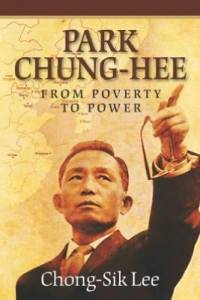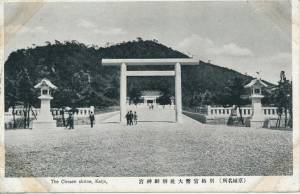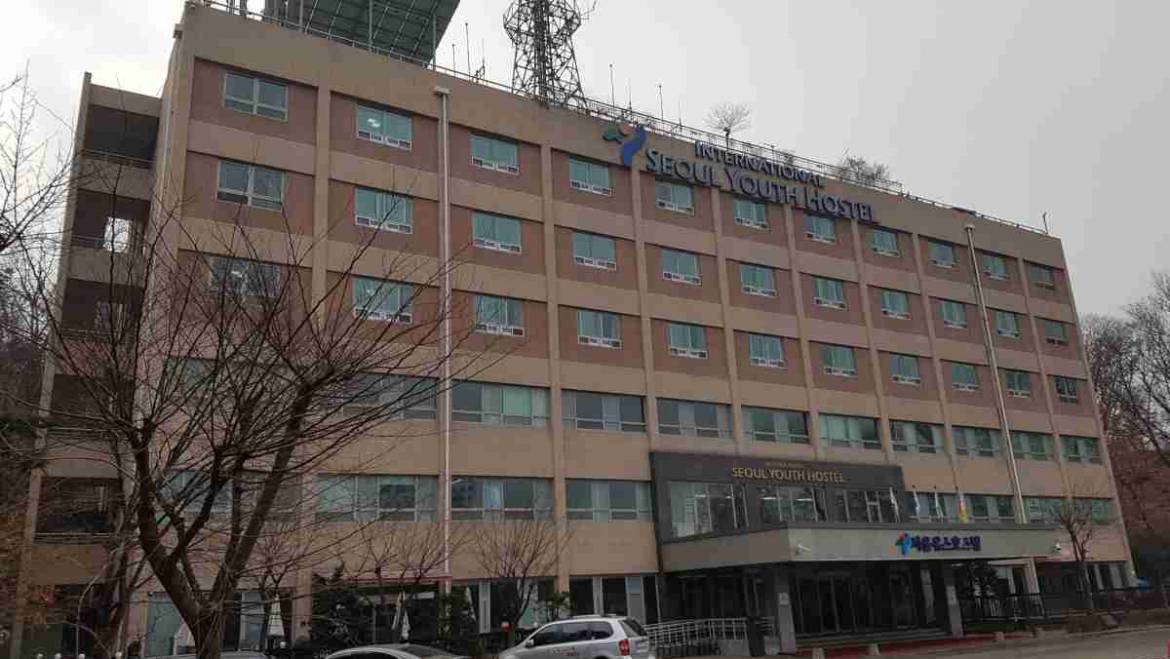Namsan, meaning “south mountain,” sits opposite Seoul’s Bukhansan on the north side of the city. These days, it’s popular with hikers, bicyclists, tourists and cozy couples who attach locks on a series of fences—to show the strength and permanence of their love, I think. Many times I have ridden the cable car to the top and then up on Seoul Tower for a dramatic 360-degree view.
All quite nice. But I had other things on my mind as I took the subway to Namsan on this cloudy Saturday. I emerged from Chungmuro Station’s exit 4, walked 600 meters, asked a young woman at a convenience store for directions and arrived at the International Seoul Youth Hostel, a six-story building erected just as Park Chung-Hee began his 18-year (1961−1979) rule. This, friends, was headquarters of the Korean Central Intelligence Agency, since renamed the National Intelligence Service. And for almost 30 years, it had a sinister reputation. “Going to Namsan,” or “being taken to Namsan” equaled trouble  and interrogation by men who feared North Korean espionage was all around and were determined to root it out, legally or not. Beatings happened with regularity, not to mention torture and murder. Most notorious was the so-called room of death where suspected dissidents got the treatment. Down in the basement of KCIA headquarters, it was a loosely thrown-together place where ultraviolence could be perpetrated without sanction.
and interrogation by men who feared North Korean espionage was all around and were determined to root it out, legally or not. Beatings happened with regularity, not to mention torture and murder. Most notorious was the so-called room of death where suspected dissidents got the treatment. Down in the basement of KCIA headquarters, it was a loosely thrown-together place where ultraviolence could be perpetrated without sanction.
The building was purchased by Seoul city government in 1995, underwent a $6 million renovation and turned into a youth hostel. It has 67 rooms and can accommodate 383 guests per night for as low as $18. There is a rooftop garden, library and communal kitchen. I went into the lobby, picked up a brochure and talked to the girl behind the desk. Should I be surprised that she was not aware of its infamy? As far as she knew, it had always been the International Seoul Youth Hostel.
Namsan is a spread-out place, so a taxi ride was necessary for me to reach the An Jung-Geun Memorial Hall. An, a Korean patriot, was infuriated about the signing of the Eulsa Treaty of 1909 by which Japan would annex his country. After cutting off the tip of one finger to demonstrate his resolve, An traveled to Harbin, China and assassinated Ito Hirobumi, four-time prime minister of Japan and former resident-general of Korea. Sentenced to death, he was hanged on March 26, 1910.

Actually, I had visited the An Jung-Geun Memorial Hall before. But only recently did I learn that it had been built in 1970 at that spot for a reason. As part of the “Japanization” policy following annexation, a large Shinto shrine was erected on Namsan. Dedicated to Amaterasu (a Shinto goddess) and the Emperor Meiji, it was called Joseon Shrine. Students were compelled to attend Shinto ceremonies and genuflect there. With liberation in 1945, this hated facility was quickly destroyed. During their 36-year reign, the Japanese colonialists had built more than 1,100 Shinto shrines throughout the country, and all were desecrated, torn down, burned and otherwise sent into oblivion. An Jung-Geun—and other Korean independence activists like Yoon Bong-Gil, Ryu Gwan-Sun, Baek Jeong-Gi and Lee Bong-Chang—would have been pleased.


Add Comment